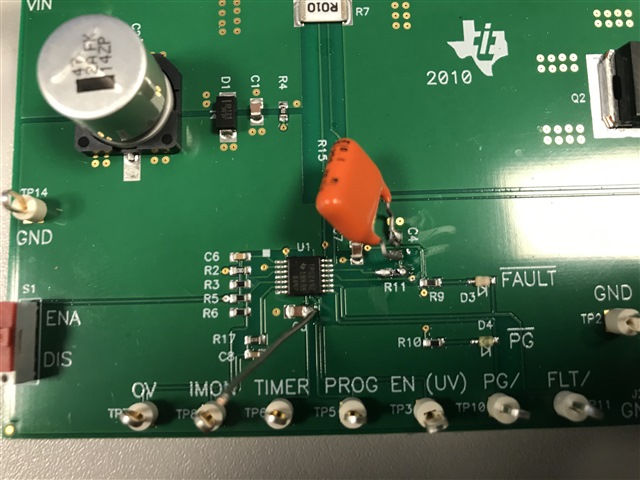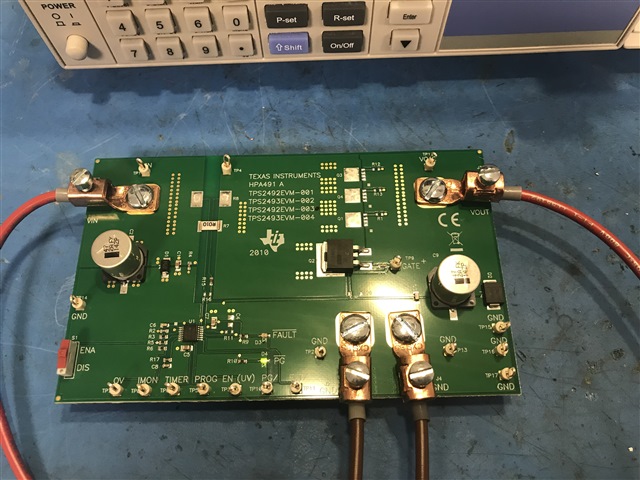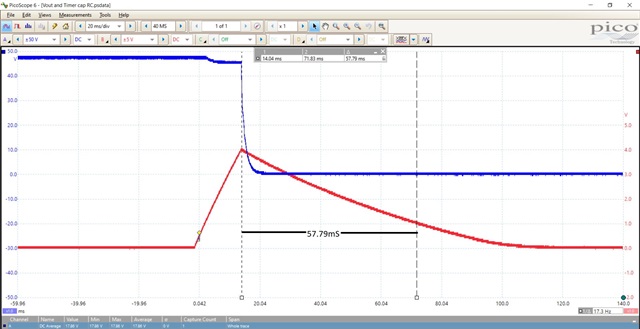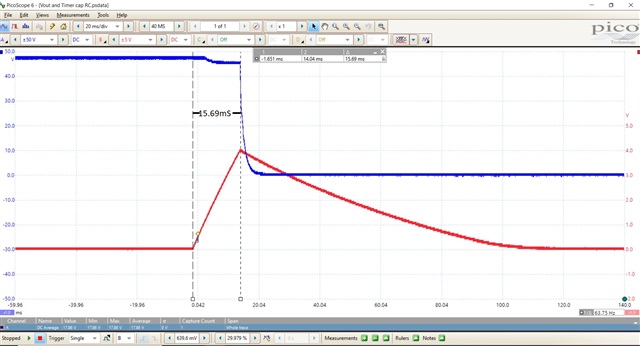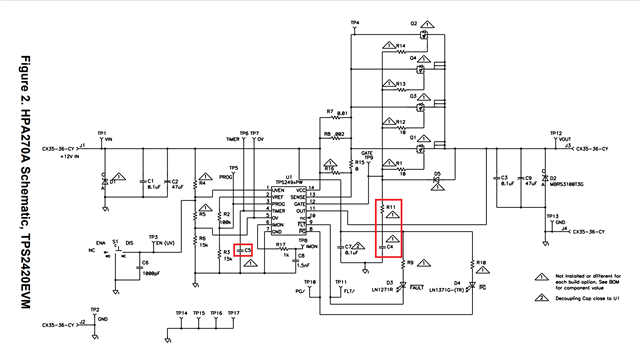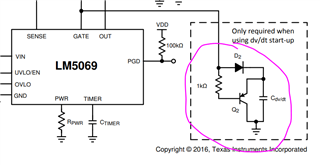Other Parts Discussed in Thread: TPS2492,
We are developing a design featuring the TPS2492 and have purchased an Evaluation board (TPS2492EVM-003) to characterise the IC while we are developing the design.
We are seeing some unexpected behaviour after tripping the current limit on the Eval board. After winding down the load current back below the trip point, and cycling the UVEN (via the on-board switch S1), the output does not come back up.
I have attached a video to demonstrate.
We have not adjusted any of the default components or values on the Eval. board.
Is it possible to bring the output back up without the load current being 0A?
Many thanks.



